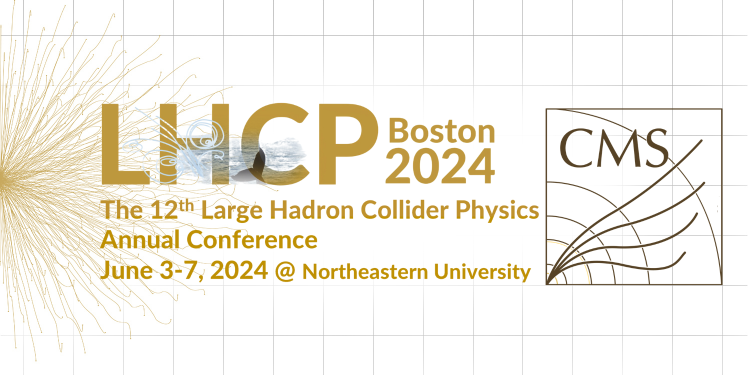
CMS has released 12 new results for the spring conferences (LHCP 2024, SQM 2024, and SUSY24), spanning its entire physics program:
- Studying high momentum top quark-antiquark pairs, we have observed, for the first time, entanglement between top quarks so far away from each other that no information could be exchanged between them, through gluons, photons, or any other particles, even if they were to travel at the speed of light. Seeing that they remain entangled shows the existence of what Einstein called "spooky Action at a distance", at the highest energies ever probed, providing a new interesting test of the principles of quantum mechanics.
- We studied the shape of the lowest-energy collisions produced at the LHC, the so-called minimum bias events. We show that these events are much more isotropic (sphere-like) than what was predicted by calculations. Isotropic events could be due to topological effects called instantons. Thanks to the abundance of collisions produced by strong interactions, the LHC offers the possibility to improve our understanding of topological effects in quantum theories, which are expected to have played a crucial role in the disappearance of antimatter in the early universe. This study is the first step in this scientific journey.
- We present several studies of proton-lead and proton-proton collisions, aiming to characterise the possibility that quark-gluon plasma (a phase of matter that characterised the early universe) could be produced, not only in lead-lead collisions, but also in these cases.
- Searches for new particles focus mostly on the tau lepton. Heavy resonances decaying to a tau pair were searched for via direct production (pp -> X -> tau tau), and via the vector-boson-fusion process, in which two W bosons emerging from the proton collision collide and create the new particle in addition to two well-separated jets. A search for a heavy partner of the tau was searched for, that would decay to an ordinary tau and a photon.
- In addition, we present a search for heavy particles predicted in models with extra dimensions and a search for supersymmetry exploiting machine learning to isolate previously untested ranges of masses in a scenario in which SUSY production would not give the usual smoking gun of large missing energy.
- We report a study of the B-> K* mu mu decay, measuring a set of quantities describing the angular distribution of the particles produced in the decay. These quantities are interesting because they could be indirectly sensitive to new physics or to subtle effects induced by low-energy strong interactions. By matching the current best experimental precision, we contribute to the ongoing investigation of this process.
The full results presented during the LHCP conference
Briefings and links to the papers will be added as the conference progresses, so do keep checking back for final information on any of the results.

